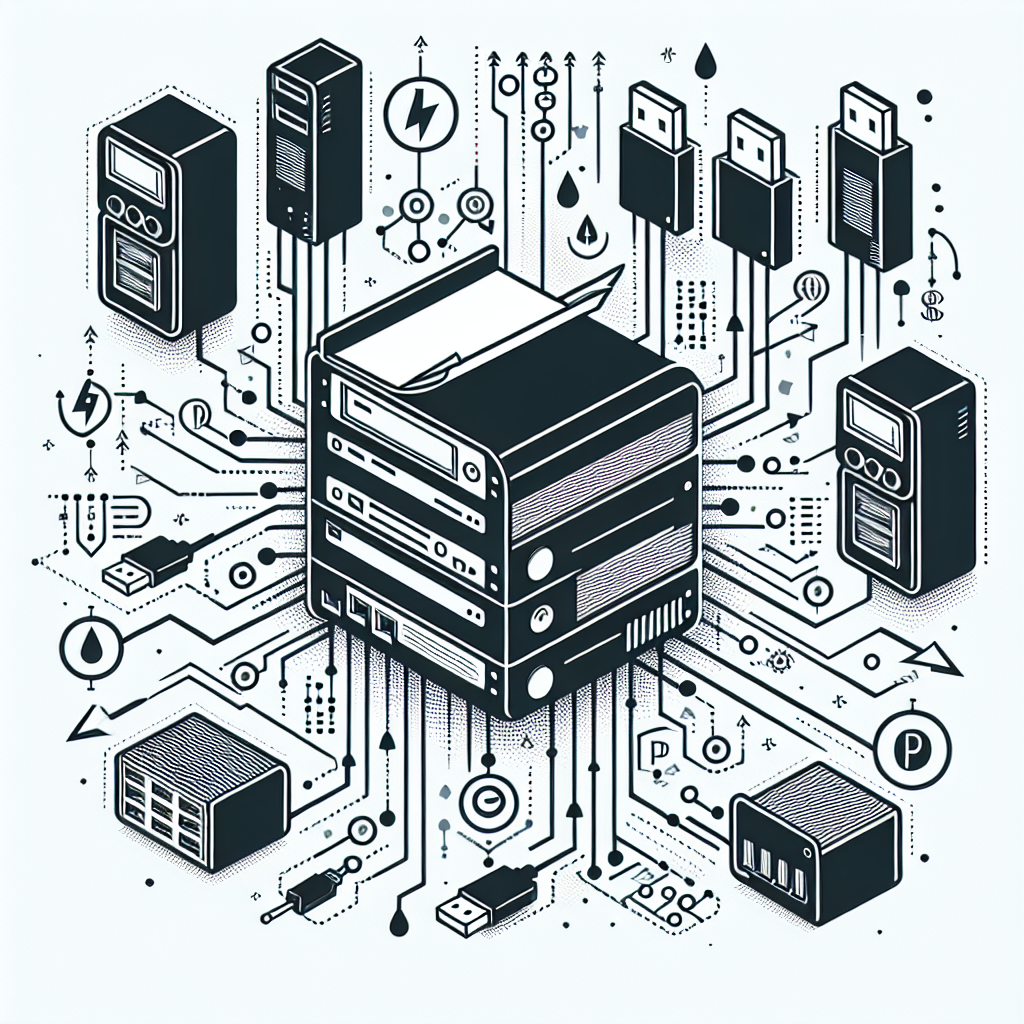Introduction
Print servers are vital components in a network that manage print jobs sent from multiple computers to one or more printers. Understanding the power requirements for a print server is crucial to ensure seamless operations and efficiency. In this article, we will delve into the various factors influencing the power consumption of print servers, offer insights into optimizing their energy use, and provide practical tips to maintain an efficient network.
Factors Influencing Power Requirements
Several factors influence the power consumption of print servers. These include:
- Hardware Specifications: The type and configuration of the print server hardware play a significant role in determining power requirements.
- Number of Connected Printers: The more printers the server manages, the higher the power consumption.
- Network Load: High volumes of print jobs and network traffic can impact power usage.
- Additional Features: Features like data encryption, duplex printing, and high-speed processing can also affect power consumption.
Hardware Specifications
The power requirements largely depend on the hardware components of the print server:
| Component | Description | Power Consumption |
|---|---|---|
| CPU | Central Processing Unit; handles processing of print jobs | Varies based on processing capability |
| RAM | Random Access Memory; temporary storage for processing tasks | Typically low but increased with higher memory usage |
| Hard Drive | Stores print job data, drivers, and software | Varies by type (HDD vs. SSD) |
| Network Interface | Ethernet or wireless interface for network connectivity | Nominal, but increased with heavy usage |
Number of Connected Printers
As the number of connected printers increases, the print server needs to allocate more resources, leading to higher power consumption. Efficient network design can mitigate some of these increased requirements.
Network Load
High volumes of print jobs and increased network traffic can significantly impact the power requirements for a print server. Systems need to be scaled accordingly to handle peak loads effectively.
Additional Features
Modern print servers often come with added features that improve functionality but also increase power consumption. Some of these features include:
- Data encryption for secure printing
- High-speed and duplex printing
- Advanced user authentication and job management
Tips for Optimizing Energy Use
Efficient Hardware Selection
Choosing energy-efficient hardware can drastically reduce power consumption. Consider components that offer high performance while maintaining low energy use.
Load Balancing
Implementing load balancing techniques can distribute print jobs evenly across multiple servers, optimizing power use and improving overall efficiency.
Regular Maintenance
Regular maintenance ensures that the print server hardware is functioning efficiently. Cleaning and updating software can help reduce unnecessary power drain.
Power Management Settings
Utilize power management settings to put the server into low-power states during periods of inactivity. Many modern print servers offer advanced power-saving features.
Monitoring and Analytics
Using monitoring tools to regularly analyze power usage patterns can help identify inefficiencies and opportunities for optimization.
Conclusion
Understanding and managing the power requirements for a print server are crucial for maintaining a cost-effective and efficient network environment. By considering hardware specifications, network load, and additional features, and by implementing optimization strategies, you can ensure that your print server operates efficiently while minimizing energy consumption.
